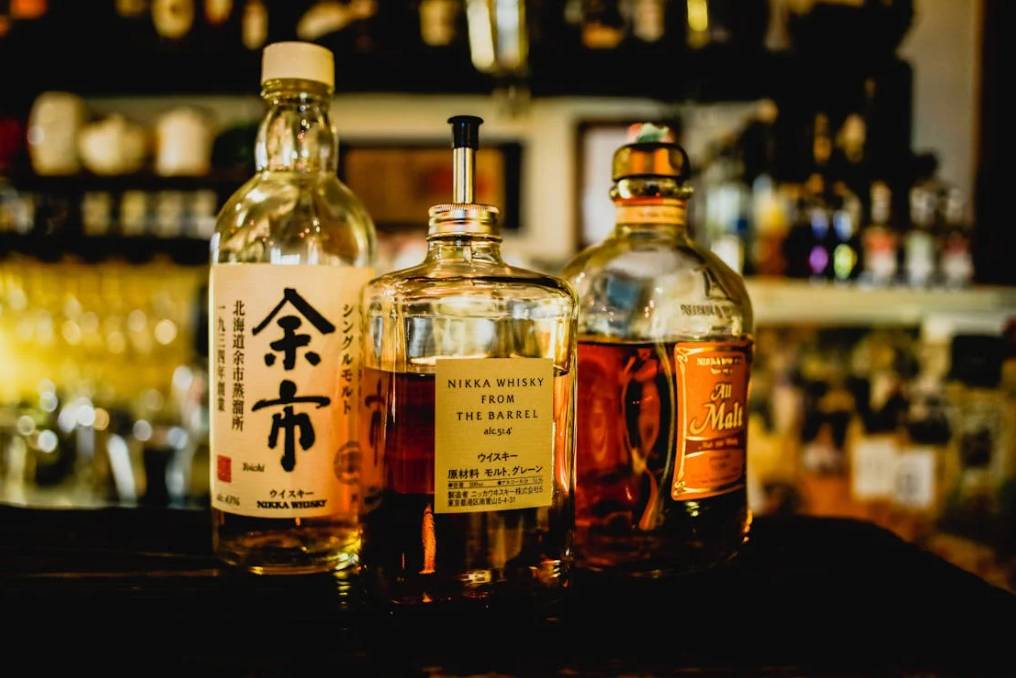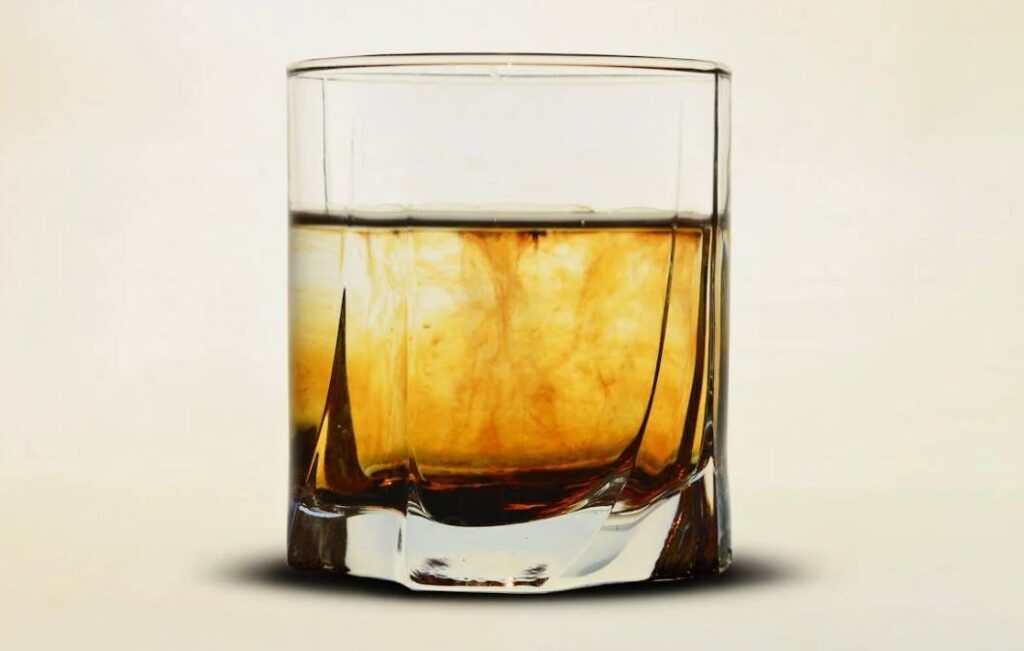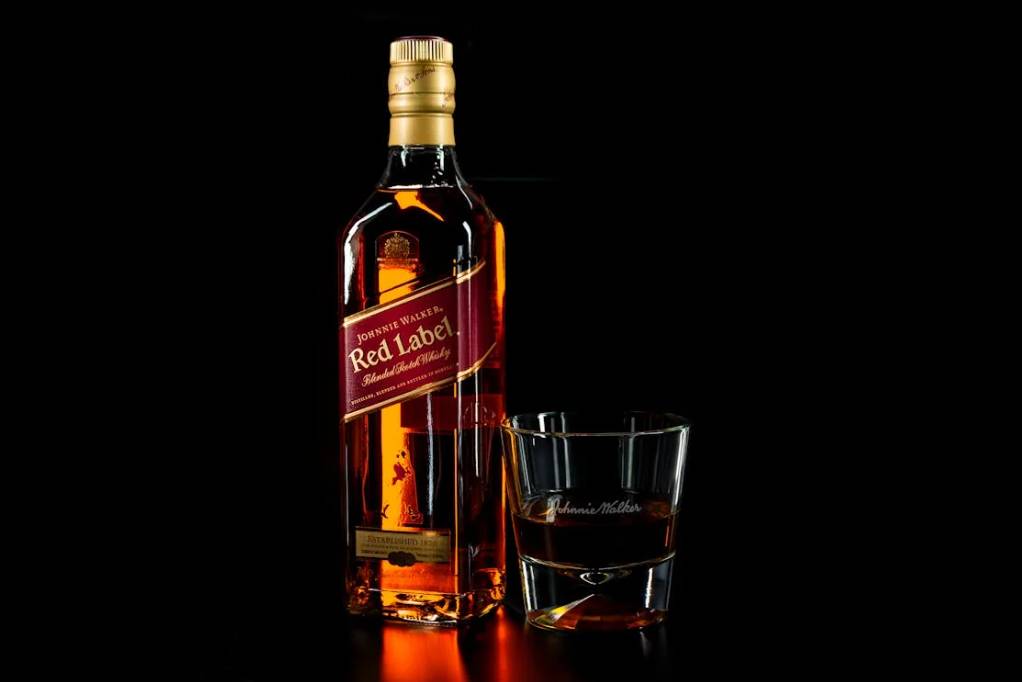If you’ve heard the hype around Japanese whisky, noticed Taiwan’s award-winning malts, or seen Korea popping up with new bottles, you’re in the right place. This guide breaks down how Asian whiskies taste, how to read their labels (ABV, NAS, casks, color), and what to try first—without getting lost in collector buzzwords.
TL;DR (choose fast, buy smart)
- Japan: elegant balance, Mizunara (Japanese oak) spice, world-class blends and single malts. Expect many NAS (no age statement) releases; judge by ABV (≥46%) and cask info.
- Taiwan: big, dessert-leaning profiles from warm-climate maturation; sherry/port/cognac casks shine. Plenty of cask strength—add water.
- Korea: early-stage but exciting; barley-driven single malts, experiments with local oak/finishes; availability limited—watch this space.
What makes “Asian whisky” different?
- Climate = flavor acceleration
Warmer, humid climates (Taiwan; some Japanese regions) speed interaction with oak → richer cask impact at younger ages. - Oak & blending philosophy
Japan refined blending as an art; Mizunara brings incense, sandalwood, and spice. - Cask diversity
Ex-bourbon and sherry are common; Asia leans into sherry, port, wine, rum, cognac finishes for layered sweetness. - Label transparency
Expect NAS labels—age is not the whole story. Look for ABV ≥46%, Non-Chill-Filtered (NCF), and Natural Colour if you value texture/transparency.
Japan: balance, craft, and Mizunara magic

Taste profile: from light orchard fruit and honey to rich dried fruit and gentle smoke; often impeccably balanced.
Hallmarks on label: Single Malt / Pure Malt / Blended, ABV 43–48%, mention of Mizunara or sherry/bourbon casks, sometimes NCF/Natural Colour.
How to choose (beginner path)
- Entry (sipper strength ~43%): approachable, honeyed, apple/pear, vanilla; great neat or highball.
- Enthusiast tier (≥46% / NCF): more texture, spice; often sherry or Mizunara influence.
- Cask strength / single cask: concentrated, pricier; add water to open up.
Flavor cues to watch
- “Mizunara” → incense, sandalwood, coconut-like spice.
- “Sherry cask” → figs, raisins, cocoa.
- “Bourbon barrel” → vanilla, citrus, honey.
Pro tip: Don’t obsess over age statements—many great Japanese bottles are NAS. Prioritize ABV, cask detail, and distillery/bottler reputation.
Taiwan: warm-climate cask fireworks
Taste profile: bold fruit (mango, tropical), toffee, chocolate; finishes (sherry/port/wine) can be dessert-like.
Why it pops: Warm maturation = faster oak integration; cask strength releases are common.
How to choose (beginner path)
- Sherry-led expressions for dried fruit/chocolate lovers.
- Ex-bourbon if you prefer bright vanilla/citrus.
- Cask strength? Start neat, then add a few drops of water until aromatics bloom.
Label cues: “Sherry Cask,” “Vinho/Port,” “Cognac Finish,” “Cask Strength,” “Single Cask,” batch numbers.
Korea: early days, promising character
Where it’s at: A small but growing scene of craft distillers focusing on single malt styles, with experimentation in local barley and oak finishes.
Taste profile (emerging): cereal-forward malt, toasted nuts/honey from ex-bourbon; sherry finishes add cocoa/dried fruit.
Reality check: Availability can be limited, batches small, pricing variable. But quality is trending upward—keep an eye on new releases and special finishes.
How to approach
- Look for ABV ≥46%, NCF/Natural Colour where available.
- Start with core single malt; then explore special cask finishes.
- Compare early batches vs later ones—craft producers evolve quickly.
Label decoder (applies across Asia)

- ABV
- 40–43%: easy sippers / highballs
- 46%+: more body; often NCF
- Cask strength (50–65%+): concentrated; add water
- Age / NAS
- Age = youngest whisky in bottle; older ≠ automatically better
- NAS common; judge by cask/ABV/producer
- NCF / Natural Colour
- Non-Chill-Filtered keeps flavor oils (richer mouthfeel)
- Natural Colour = no E150a caramel; color from cask only
- Casks
- Ex-bourbon: vanilla, coconut, citrus
- Sherry (Oloroso/PX): figs, nuts, cocoa
- Port/Rum/Wine: berry/toffee/tropical notes
- Mizunara: incense/sandalwood spice
What to try first (by flavor preference)
Note: Availability/prices vary by market. Use these as flavor “archetypes” when shopping or tasting.
- Bright & refreshing (neat or highball): Japanese single malts/blends matured mainly in ex-bourbon; ABV 43–46%.
- Rich & dessert-like: Taiwan sherry/port finished malts; consider cask strength with water.
- Spicy & aromatic: Japanese releases with Mizunara mention, or special oak finishes.
- Malt-forward & toasty: Korea’s core single malts; look for ex-bourbon casks and NAS transparency.
Budget framework (pick with confidence)
- Under $60/£50: entry Japanese blends or NAS single malts; Taiwanese NAS with standard ABV for value; early-stage Korean releases if locally priced.
- $60–120/£50–100: step-up Japanese single malts (≥46%/NCF), Taiwan sherry/port finishes, Korean limited batches.
- $120–250+: Mizunara statements, single casks, cask-strength editions.
Value move: If two bottles seem similar, choose the one that states ABV ≥46% + NCF + clear cask info.
Serving, water, and food pairings
- Glass: Glencairn or tulip. Start neat; add water in drops.
- Highball (Japan style): 1:3 or 1:4 whisky:soda, big clear ice, lemon peel.
- Pairings:
- Japan: yakitori, karaage, grilled mackerel, dark chocolate
- Taiwan: roast pork, pineapple cake, nutty cheeses
- Korea: grilled bulgogi/galbi, roasted nuts, 70% cacao chocolate
Common mistakes (and how to avoid them)

- Chasing age numbers: Many Asian whiskies are NAS by design—judge the liquid, not the label flex.
- Ignoring ABV/NCF: These two lines tell you a ton about texture and intensity.
- Skipping water with cask strength: You’re leaving aromas locked in the bottle.
- Assuming dark color = older: It can simply be sherry casks—or coloring in some regions.
FAQ (for readers & Google)
Q1. Are Asian whiskies sweeter?
Often fruitier or dessert-leaning when sherry/port finishes are used or in warm climates (e.g., Taiwan). But Japan also makes very elegant, dry, balanced styles.
Q2. What’s special about Mizunara?
It’s Japanese oak linked with incense/sandalwood spice. Expensive and tricky to coop; when done well, it’s unmistakable.
Q3. Why so many NAS releases?
Demand surged faster than stocks aged. Producers blend multiple ages to hit a flavor target. Many NAS bottlings are excellent—use ABV/cask clues.
Q4. How do I explore Korea’s nascent scene?
Start with core single malts at standard or 46%+ ABV, then try special finishes. Expect small batches and evolving profiles.
Q5. Cask strength feels too hot—what now?
Add a few drops of water, rest 2–3 minutes, then revisit. You’ll unlock fruit, chocolate, spice—and a longer finish.
